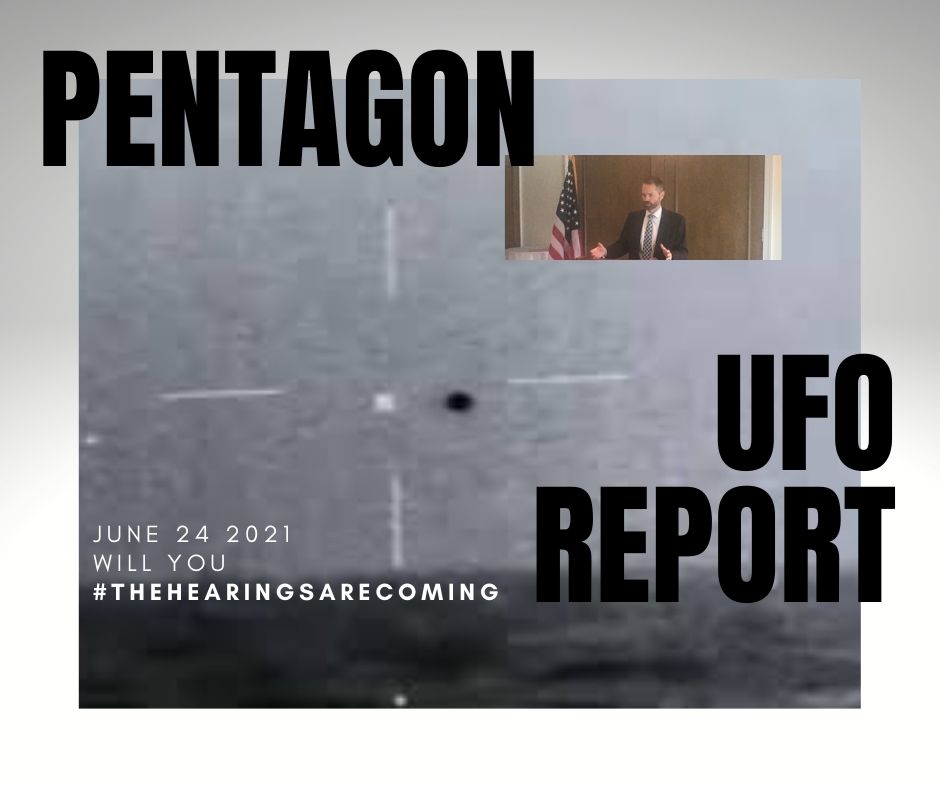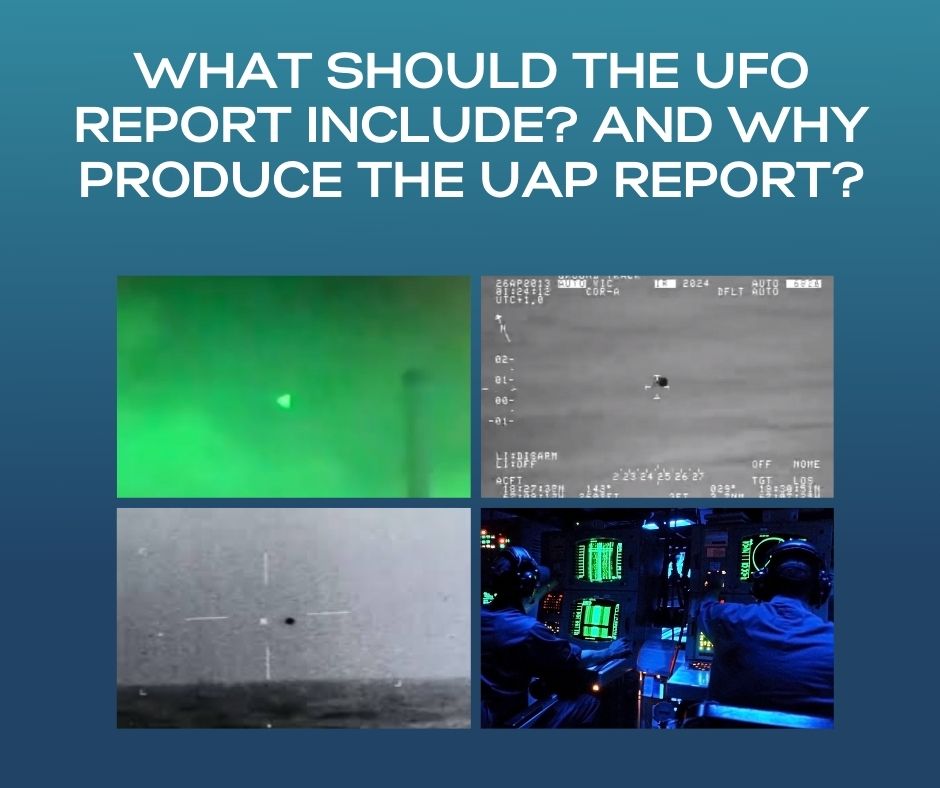Why produce this UFO report? The answer is simple. There is no unified, complete process within the Federal Government for collecting and analyzing intelligence on UAPs. Therefore, the information sharing across the Intelligence Community has been inconsistent.
The Community specifically mentions geospatial intelligence (GEOINT), signals intelligence (SIGINT), human intelligence (HUMINT), the Federal Bureau of Investigation (FBI), and measurement and signals intelligence (MASINT).
Unfortunately, this problem has lacked attention from senior leaders. Consequently, Marco Rubio and his colleagues are now asking for a report on these issues.

This Pentagon UFO Report that the Director of National Intelligence, together with the Secretary of Defense and any other parties, should include these points in the UAP report:
- A comprehensive analysis of UAP data and intelligence reporting collected or held by the Office of Naval Intelligence. Also includes data and intelligence reporting held by the UAPTF (Unidentified Aerial Phenomena Task Force)
- A thorough analysis of unidentified phenomena data collected by:
a. geospatial intelligence
b. signals intelligence
c. human intelligence
d. measurement and signals intelligence
- A comprehensive analysis of data of the FBI, which was derived from investigations of intrusions of UAPs or unidentified aerial phenomena data over restricted United States airspace
- A complete description of an interagency process for assuring timely data collection and centralized investigation of all UAP reporting for the Federal Government, despite which service or agency acquired the information

- Description of an official accountable for the process outlined in paragraph 4
- Identification of possible aerospace or other threats posed by the UAPs to national security, and an assessment of whether this UAP activity may be attributed to one or more foreign adversaries
- Description of any events or patterns that show a potential adversary has achieved breakthrough aerospace capabilities that could put the United States strategy at risk.
- Recommendations regarding increased data collection, enhanced research and development, additional funding, and other resources.

The most interesting and problematic part of this need for a UAP report
It’s worth noting that this committee report and the existing draft of the latest Intelligence Authorization Act include classified annexes, which may have additional provisions regarding unidentified aerial phenomena.
And the U.S. Navy is the service at the center of all of the major publicized UAP incidents in the past two decades.
The U.S. Navy has been the service providing classified briefings on unidentified aerial phenomena to senior members of Congress ever since media like the New York Times published its first comprehensive exposé on the AATIP- Program (Pentagon’s Advanced Aerospace Threat Identification Program) and its predecessors.

The most interesting and problematic part of this need for a UAP report is the apparent admission that the Senators in charge of overseeing America’s intelligence-gathering activities do not have a good understanding of the interagency process for the centralized collection and analysis of data on unidentified aerial phenomena from across the federal government.
Or who is the top official in charge of that process?
It’s also hard to understand how this could be the case after all this time, given the possibility that these UAP encounters could reflect threats to U.S. national security, including directly from America’s potential adversaries.
